Most marketers approach competitor analysis with the wrong mindset. They see a successful ad and think, “I should do exactly that!”
This is a recipe for mediocrity.
Competitors don’t always know what they’re doing. Their campaigns might be underperforming, and blindly following them could land you in the same hole. You also don’t want to get into a copying war and become indistinguishable from one another.
Here’s the thing: competitive analysis isn’t about copying. It’s about learning.
In this guide, I’ll show you how to be a marketing detective, not a plagiarist.
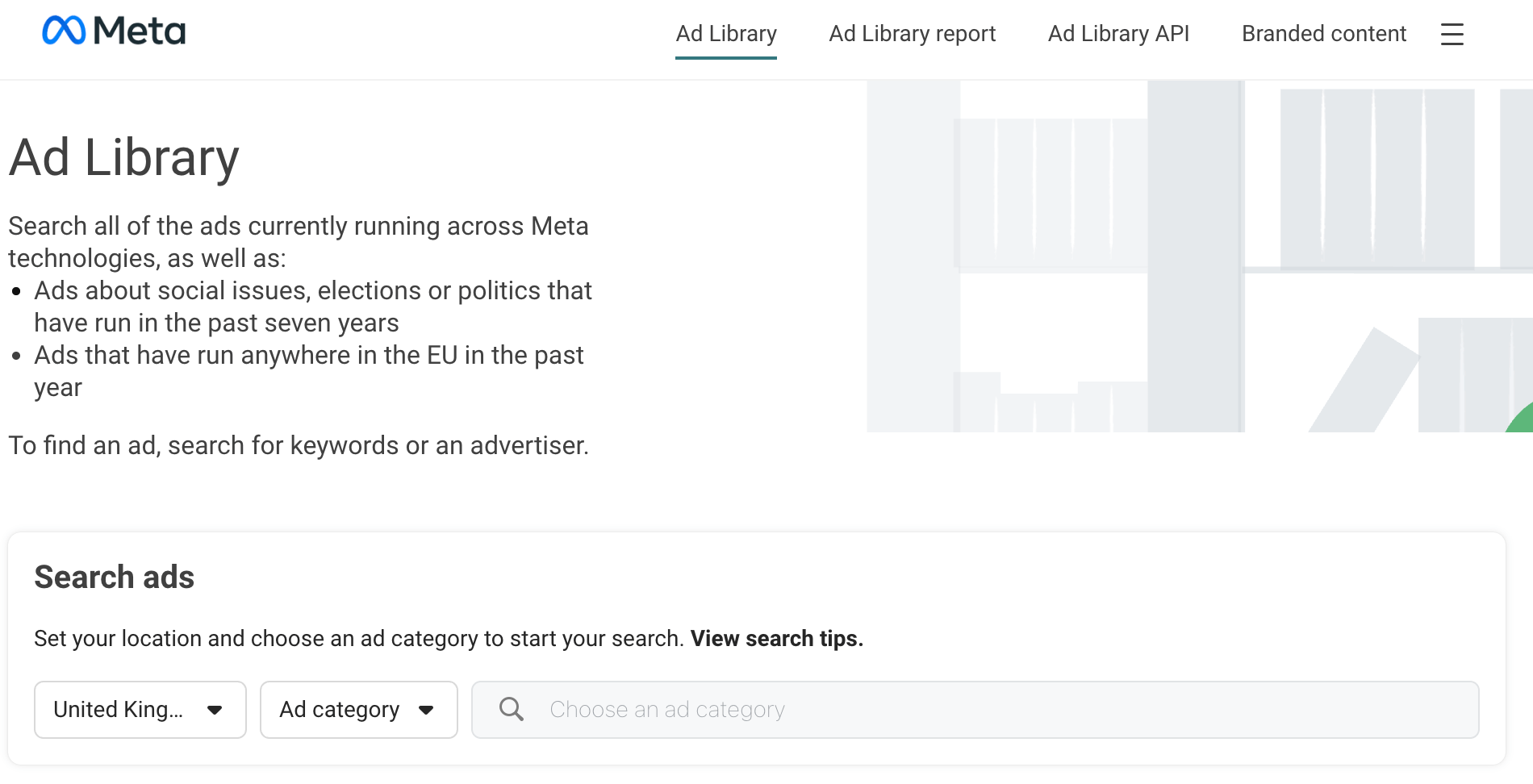
The Meta Ad Library lets you see all active and inactive ads any Page is running across Meta platforms, including Facebook, Instagram, Audience Network, Messenger, and Threads.
Choose an ad category, then search for a keyword and advertiser. For example, these are the ads we’ve been running:
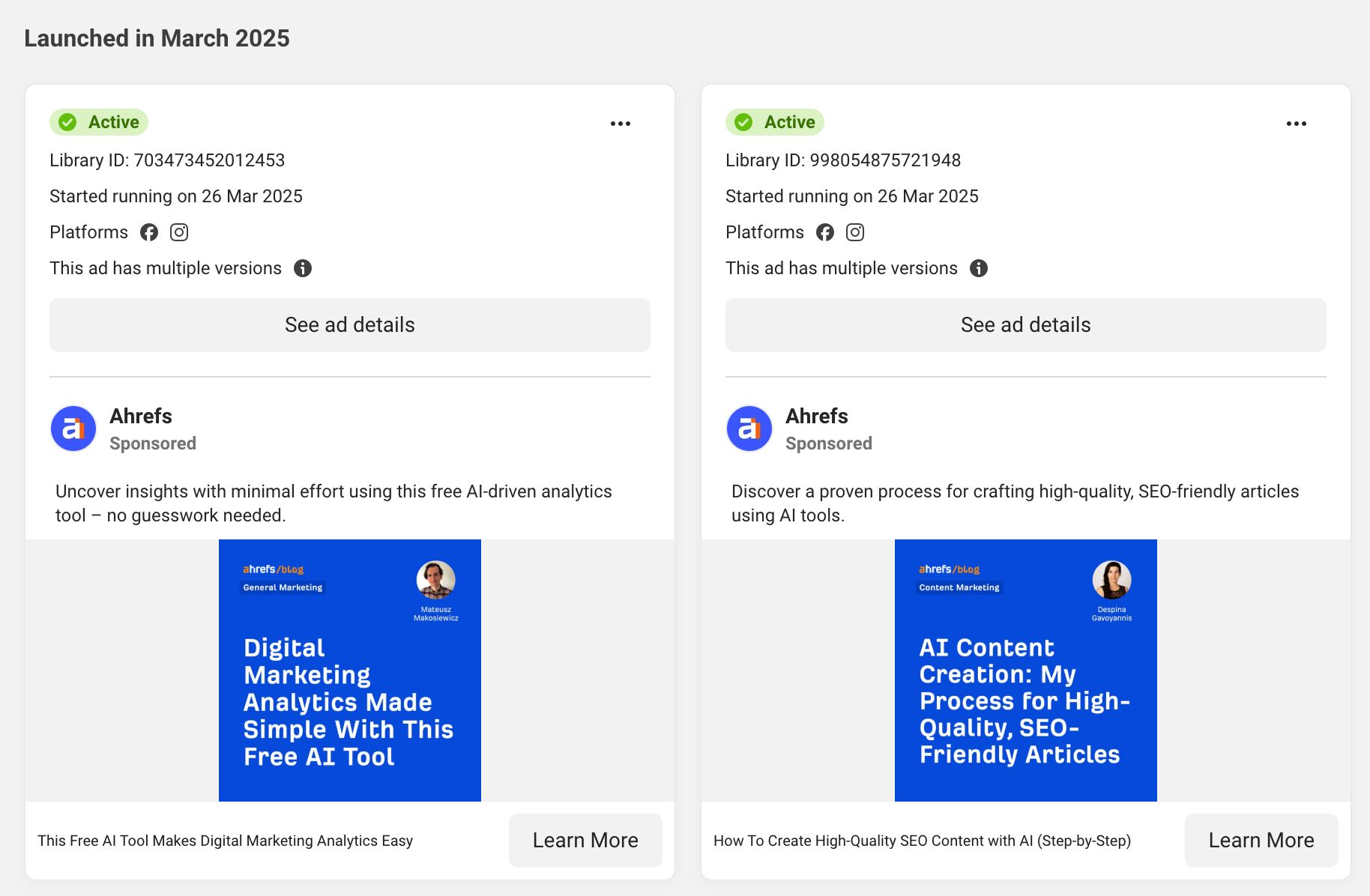
You can click “See ad details” to see more information about each ad. You can also click the call-to-action button on each ad to see which landing page the ad is sending paid traffic to.
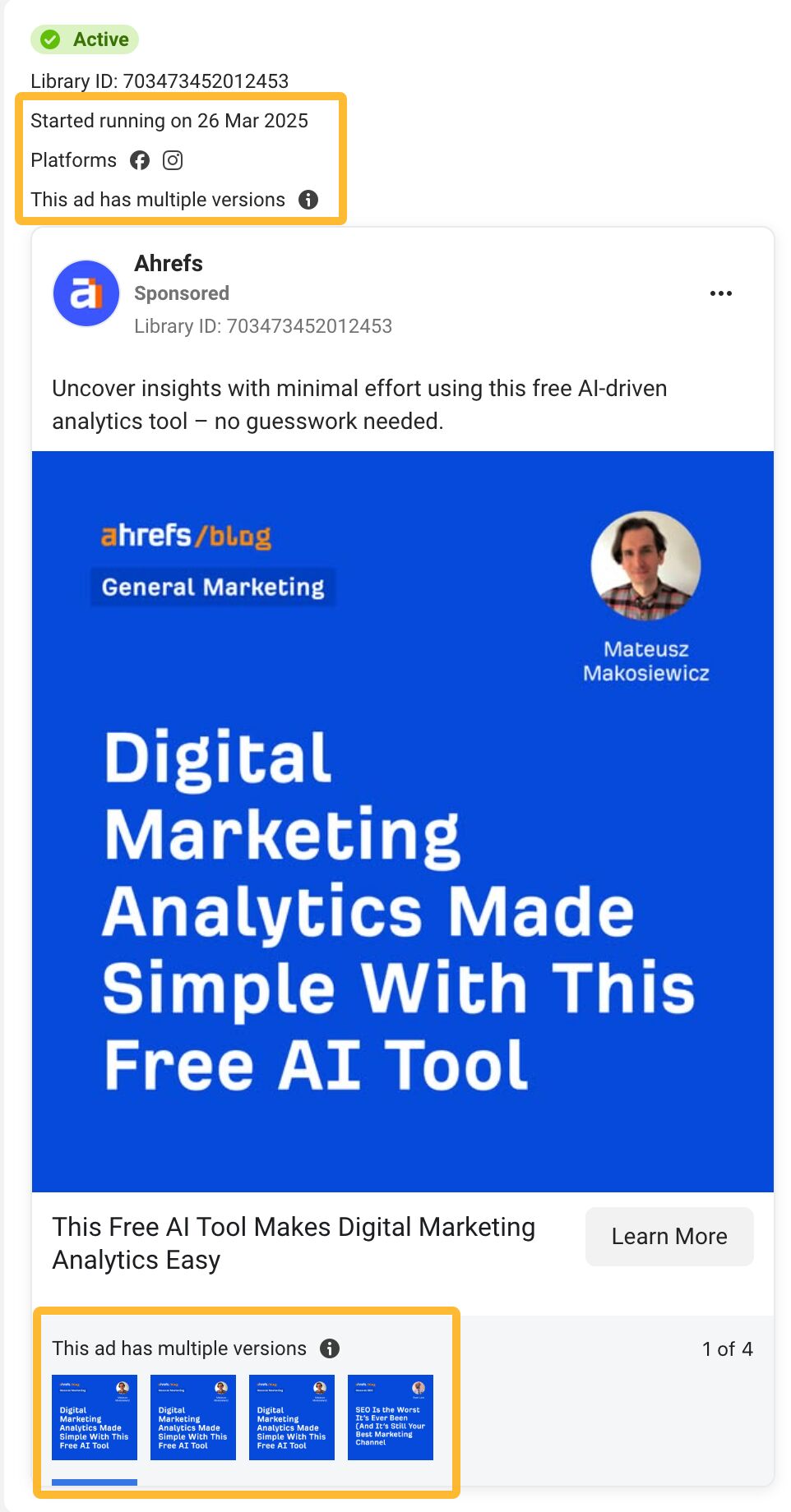
You can also add filters, like by language, platform, media types, active status, and date range.
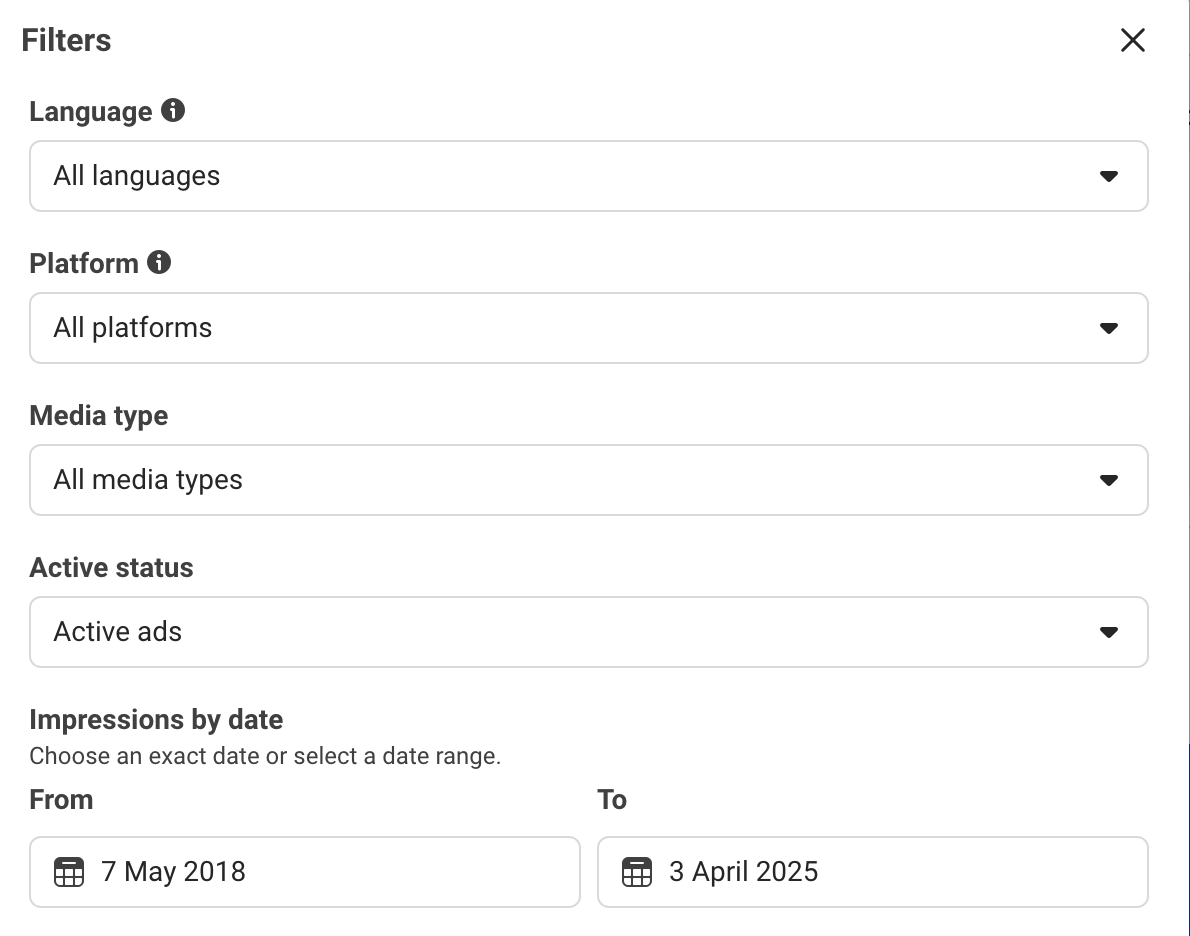
If you click the Branded content tab, you can also search for specific brands or creators and see their paid partnership content:
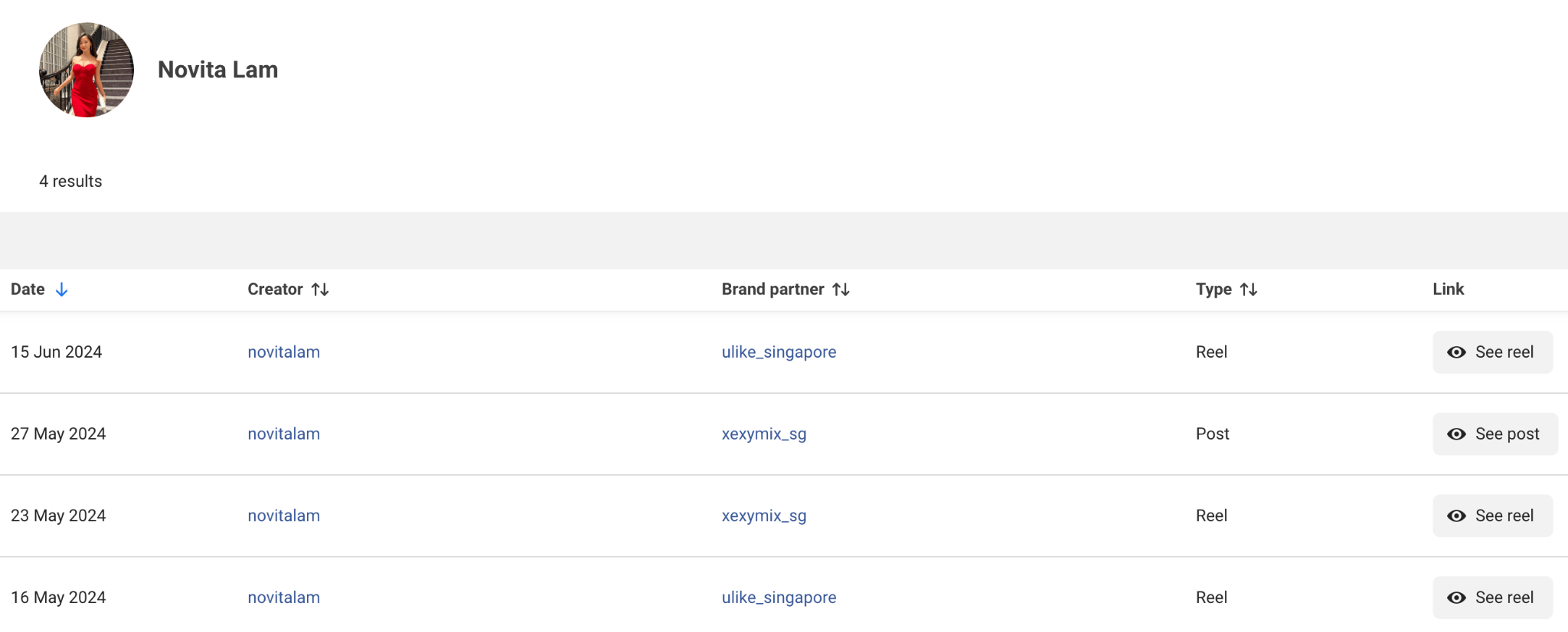
However, they need to be “declared” on the platform otherwise it won’t show up.

Google Ads Transparency Center
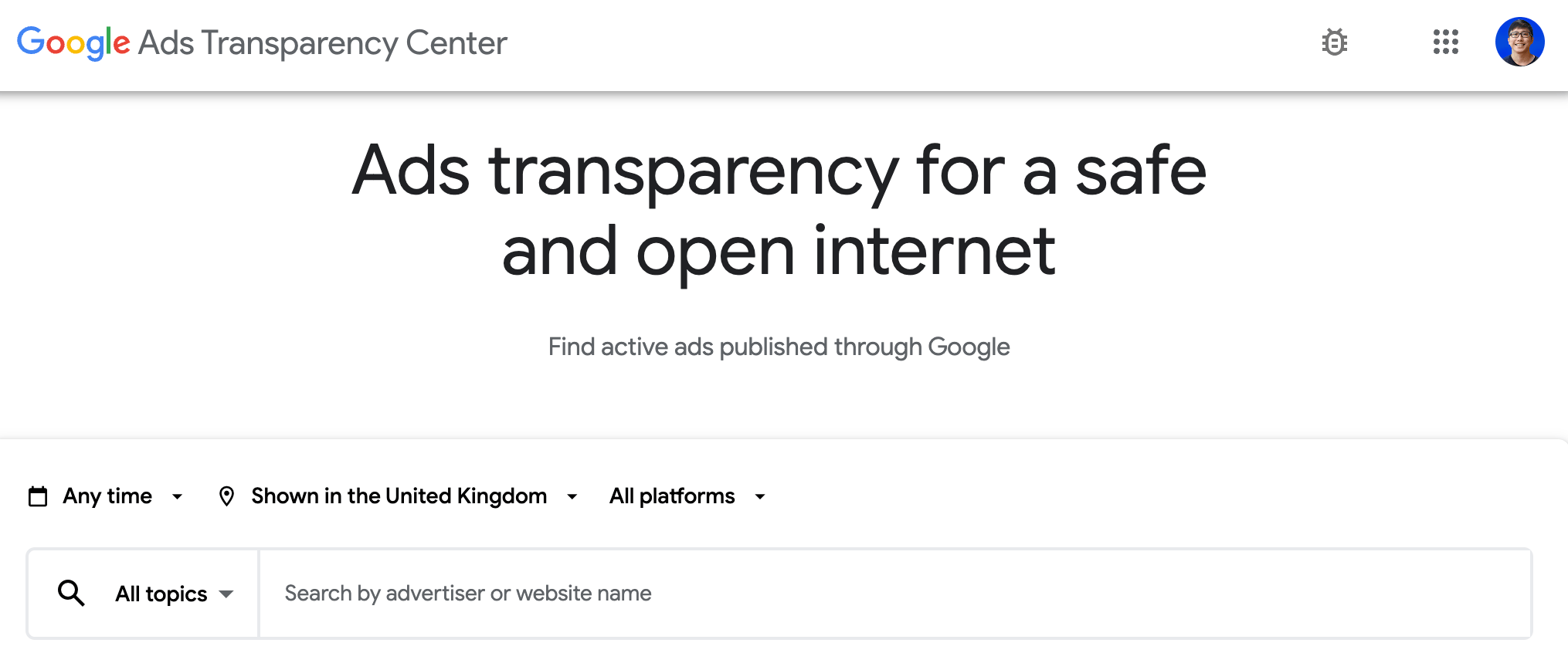
Exactly like Meta’s version, Google Ads Transparency Center shows a business’s ads on Google Search, Maps, Play, Shopping, and YouTube.
Search for an advertiser or website and you’ll see all their ads:

However, you won’t be able to see the target keywords or audience these businesses are targeting. You’ll have to use a competitive intelligence tool (see below.)
TikTok Ads Library
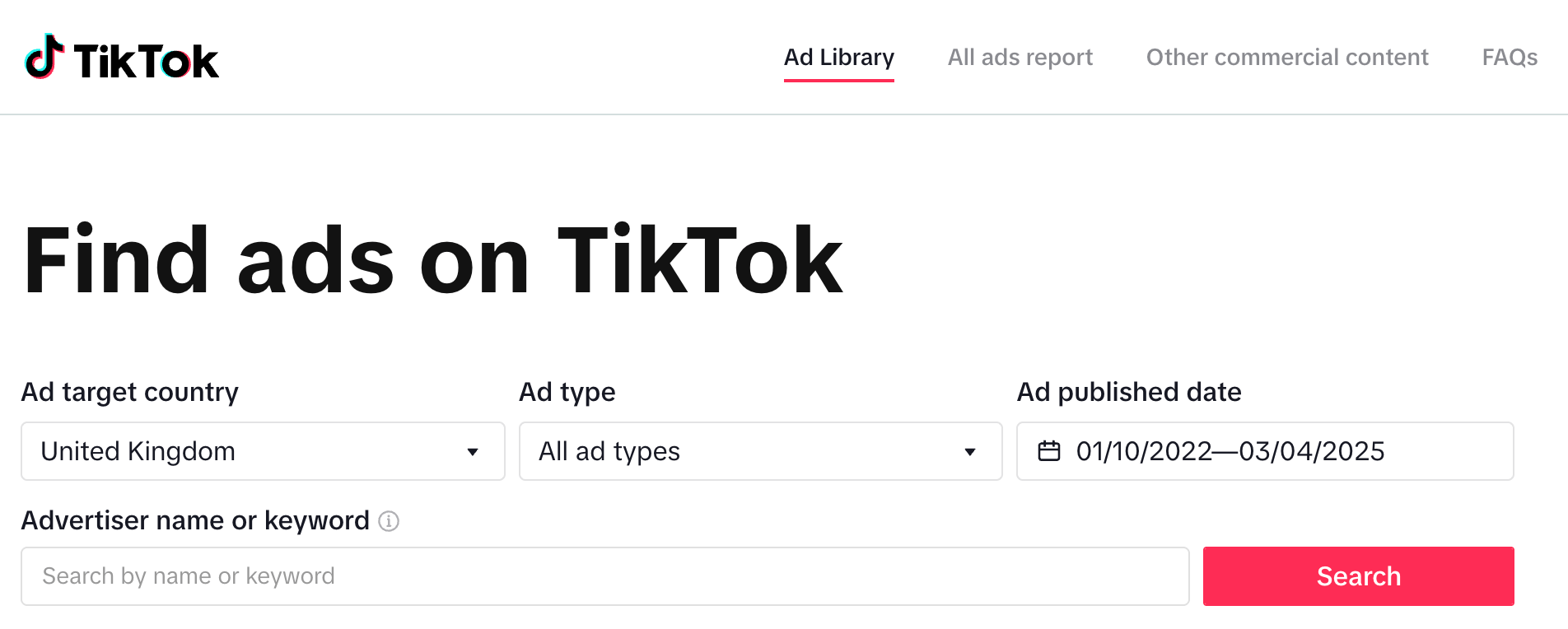
TikTok Ads Library shows all ads run by an advertiser on their platform. You can see the creative (e.g., the short video), when the ad ran, how many unique users saw it, and a summary of the ad’s targeting.
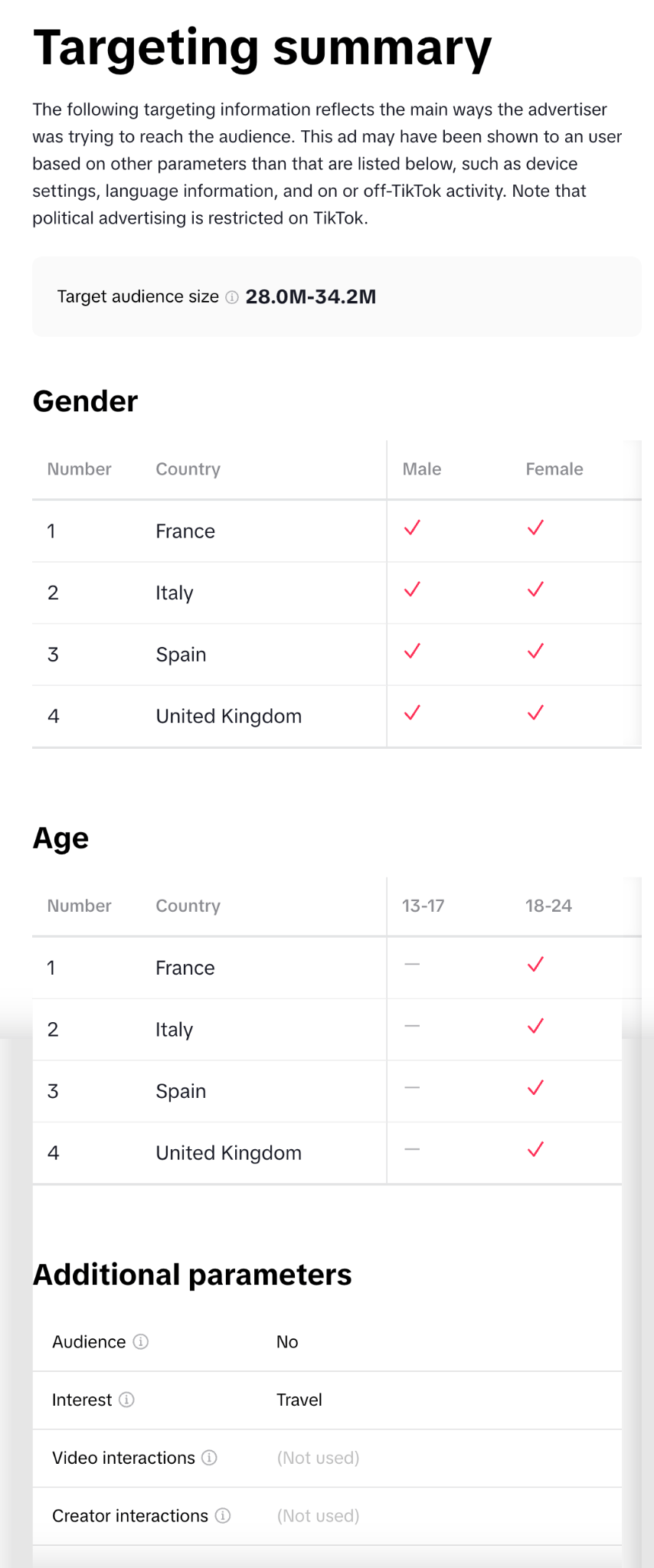
You can even see who paid for the ad (in this case, Loewe’s TikTok ads are likely paid for by their agency in charge, Publicis):
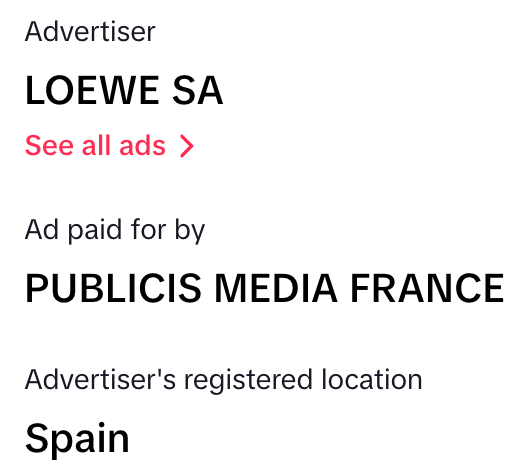
If you don’t do any search, you can actually see the entire ads database:
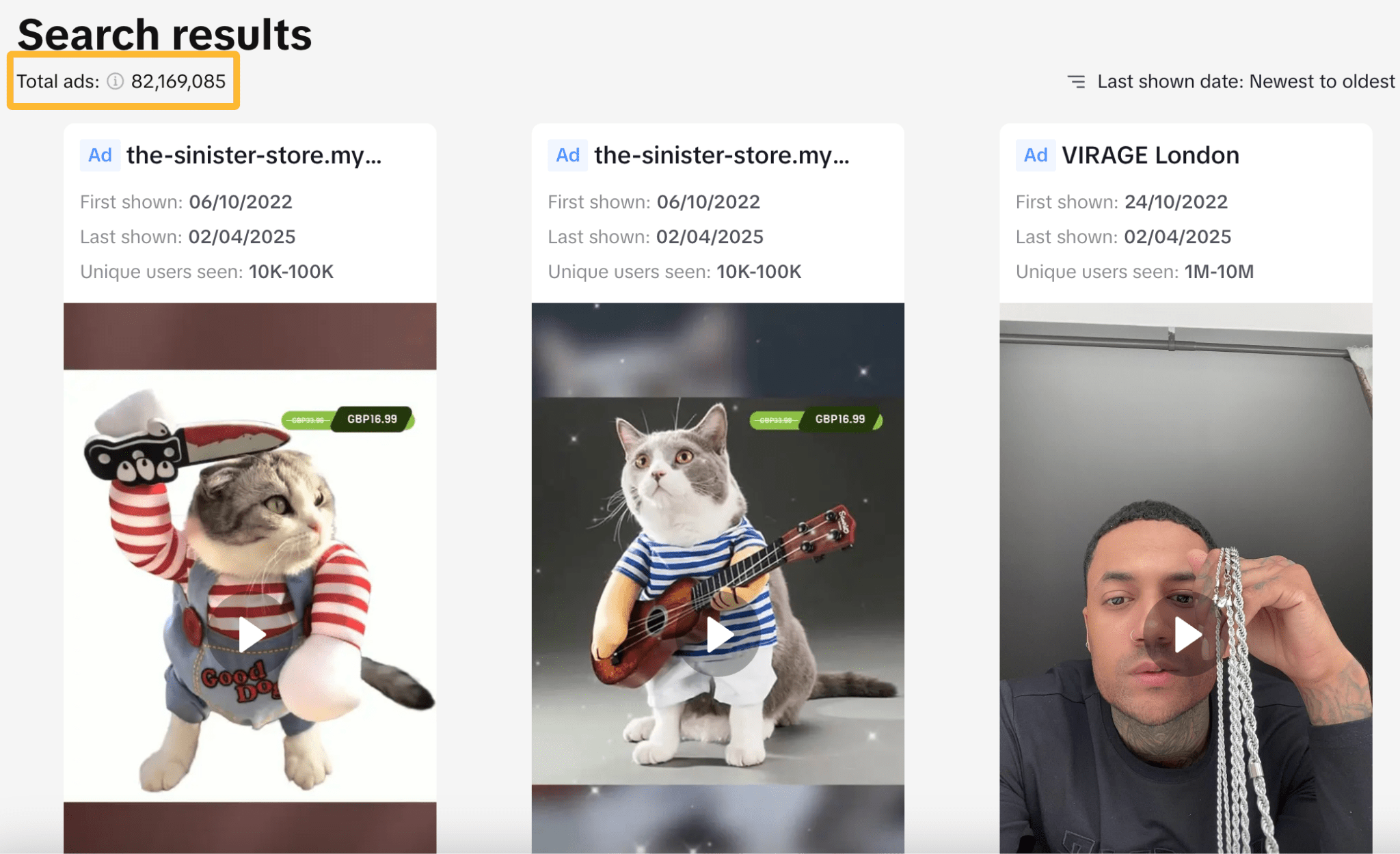
LinkedIn Ad Library
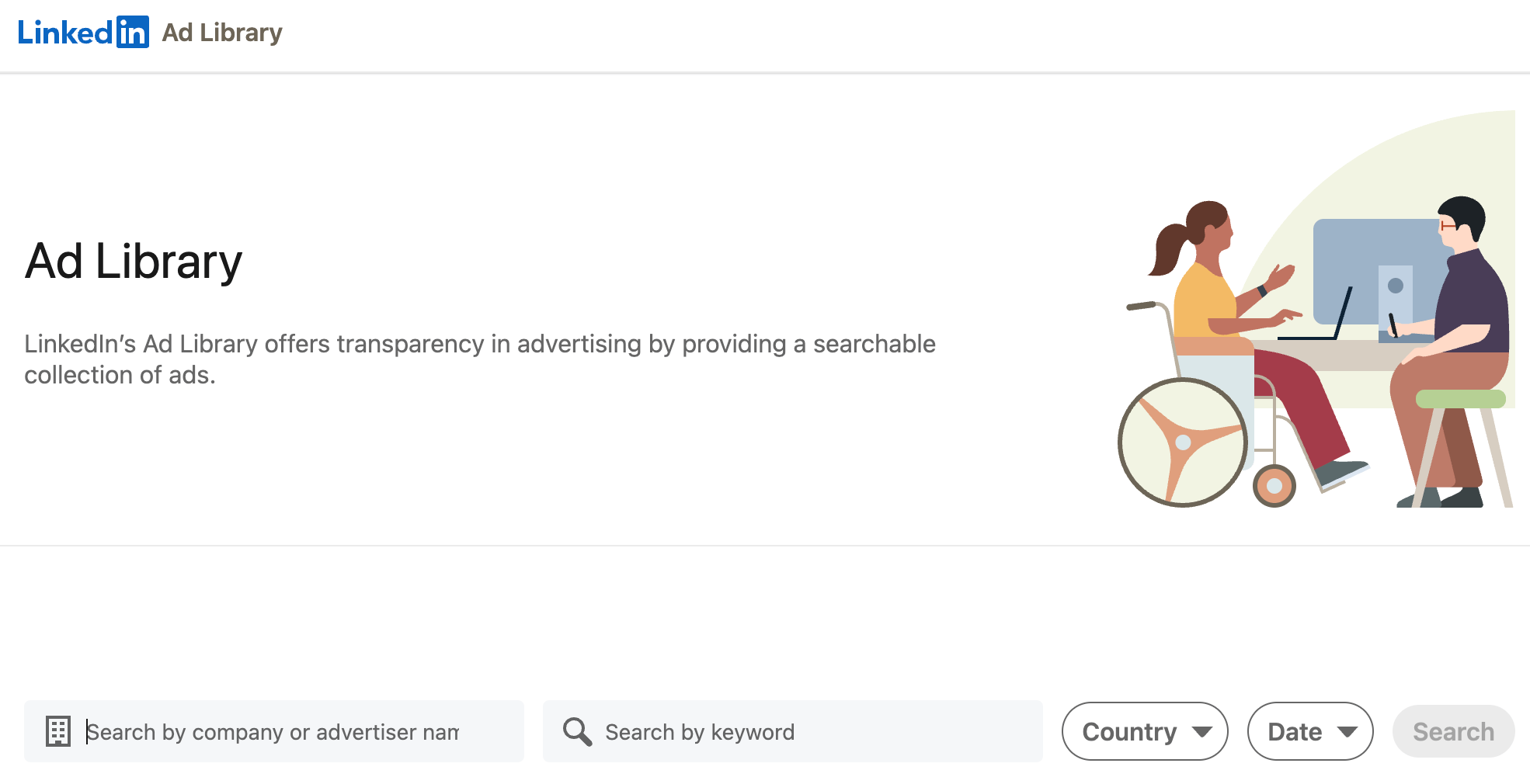
LinkedIn Ad Library shows all the ads a business has run on its platform. You can search by either company name or by keyword.
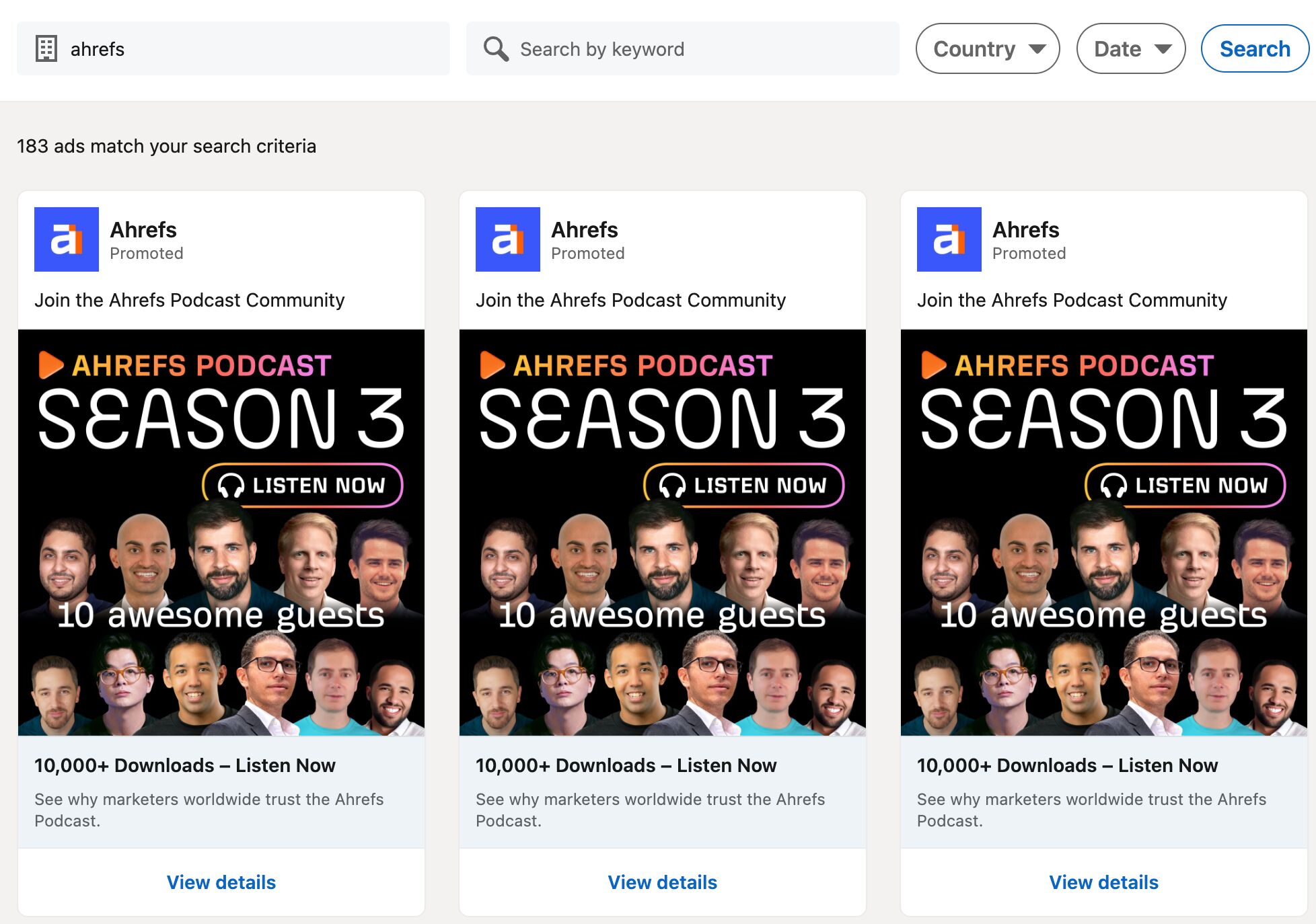
Unfortunately, LinkedIn only shows a few details: the copy, creative, and landing page you can click through to.
2. Use competitive intelligence tools
Ad libraries are amazing, but they don’t show you all information. For example, Google Ads Transparency Center doesn’t show you the keywords a business is targeting.
To see that, you need to use a competitive intelligence tool like Ahrefs Site Explorer.
Plug your competitor’s domain into Site Explorer and go to the Paid keywords report.
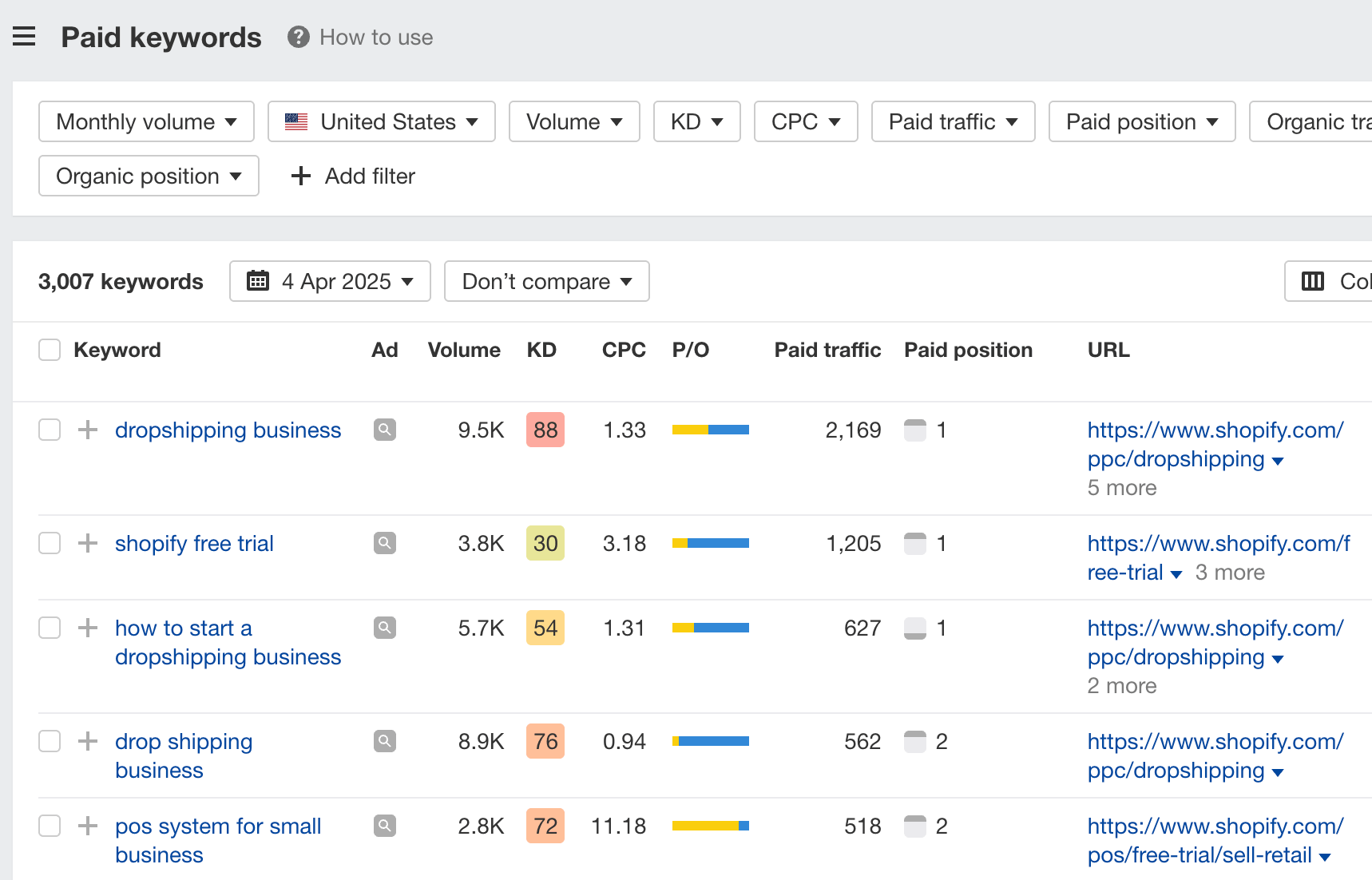
For example, here are the keywords Shopify is targeting on Google Ads. You can also see the landing page they’re using, the estimated paid traffic they’re receiving, and the CPC. If you hover over the magnifying glass, you can also see the actual Google ad:
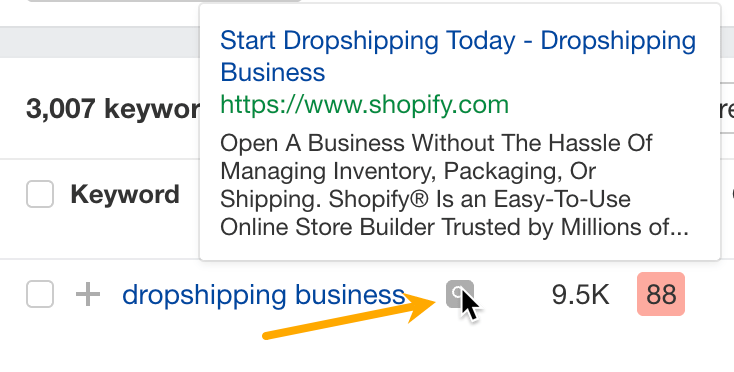
If you prefer to see all the ads a website is running on Google, go to the Paid ads report:
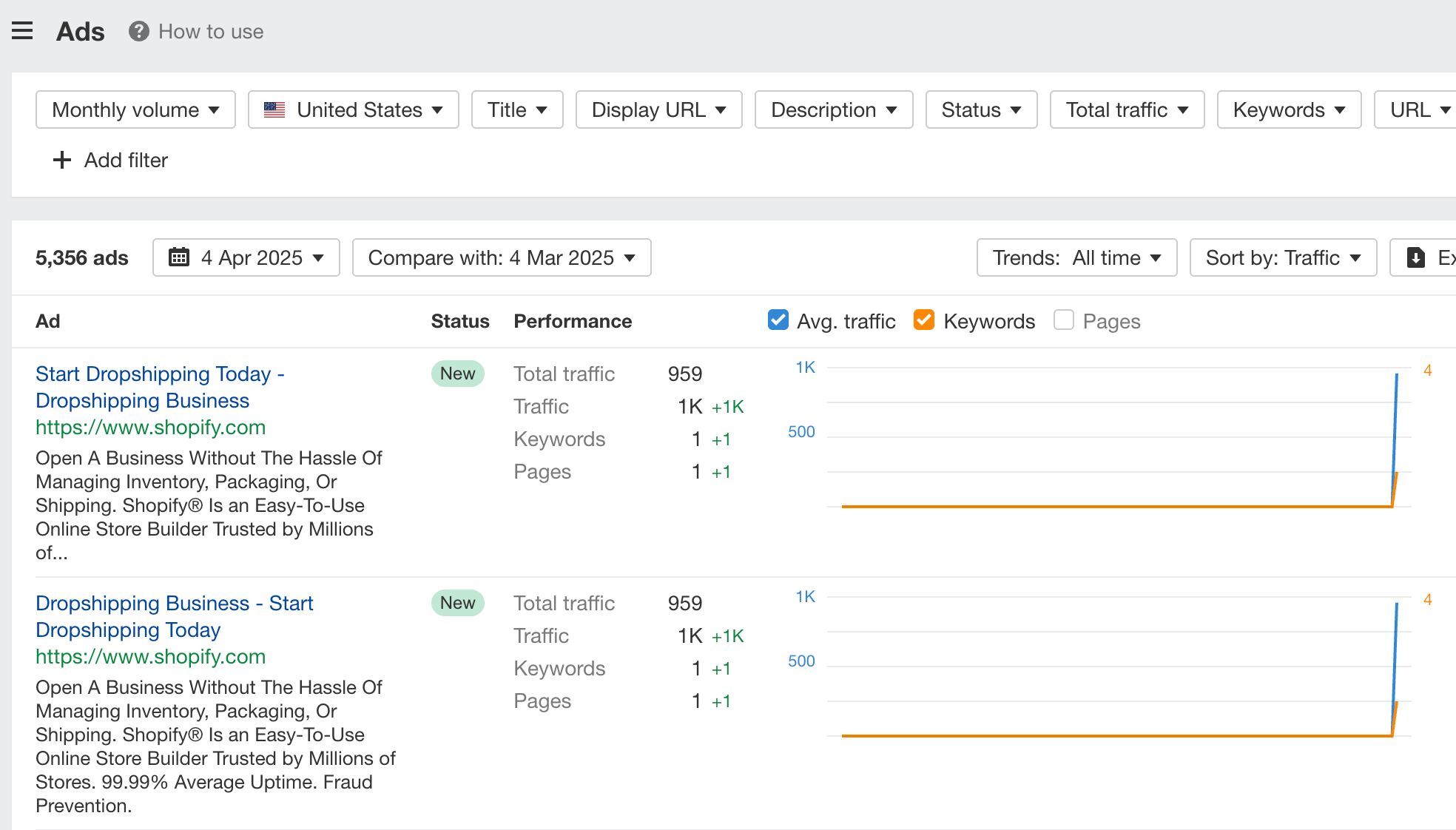
If you prefer to see their landing pages, go to the Paid pages report:
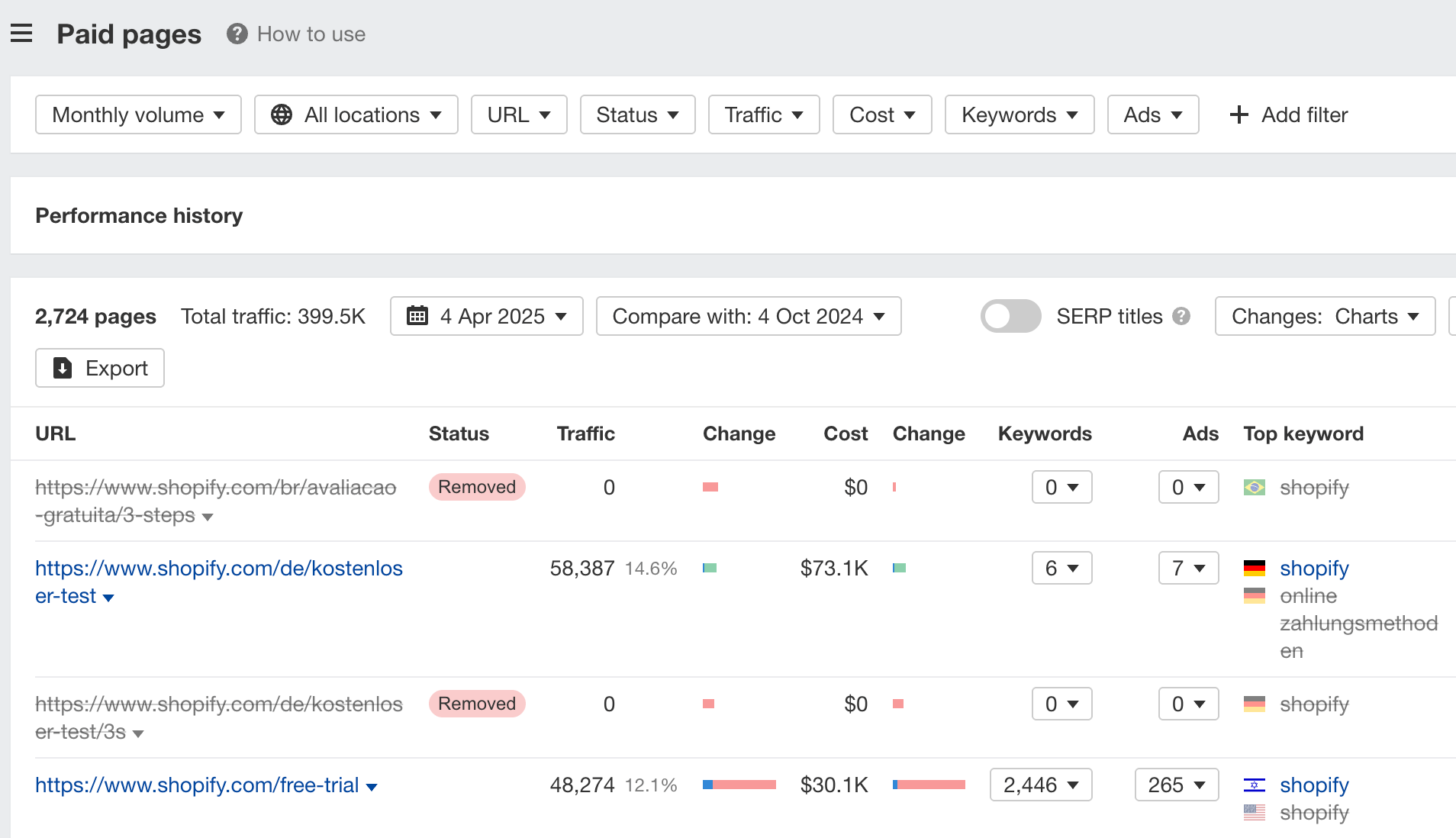
3. Use ad intelligence platforms
You have social media and search ads covered. What about display ads? To spy on your competitor’s display advertising, you’ll need a tool like Adbeat.
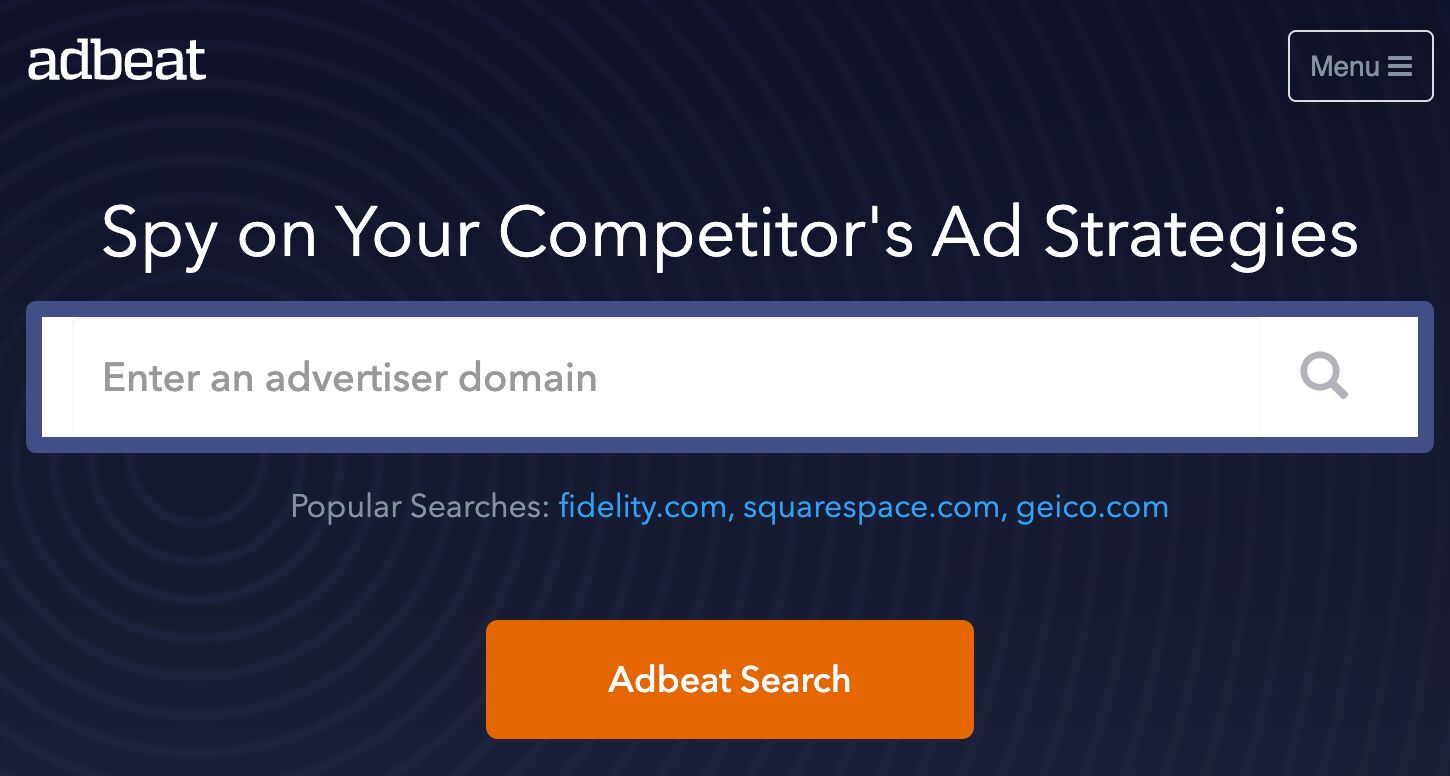
Enter your competitor’s domain and you’ll be able to see how many ads they’ve been running, their ad channels, ad creatives by size and type, where the ads have been running, and more.
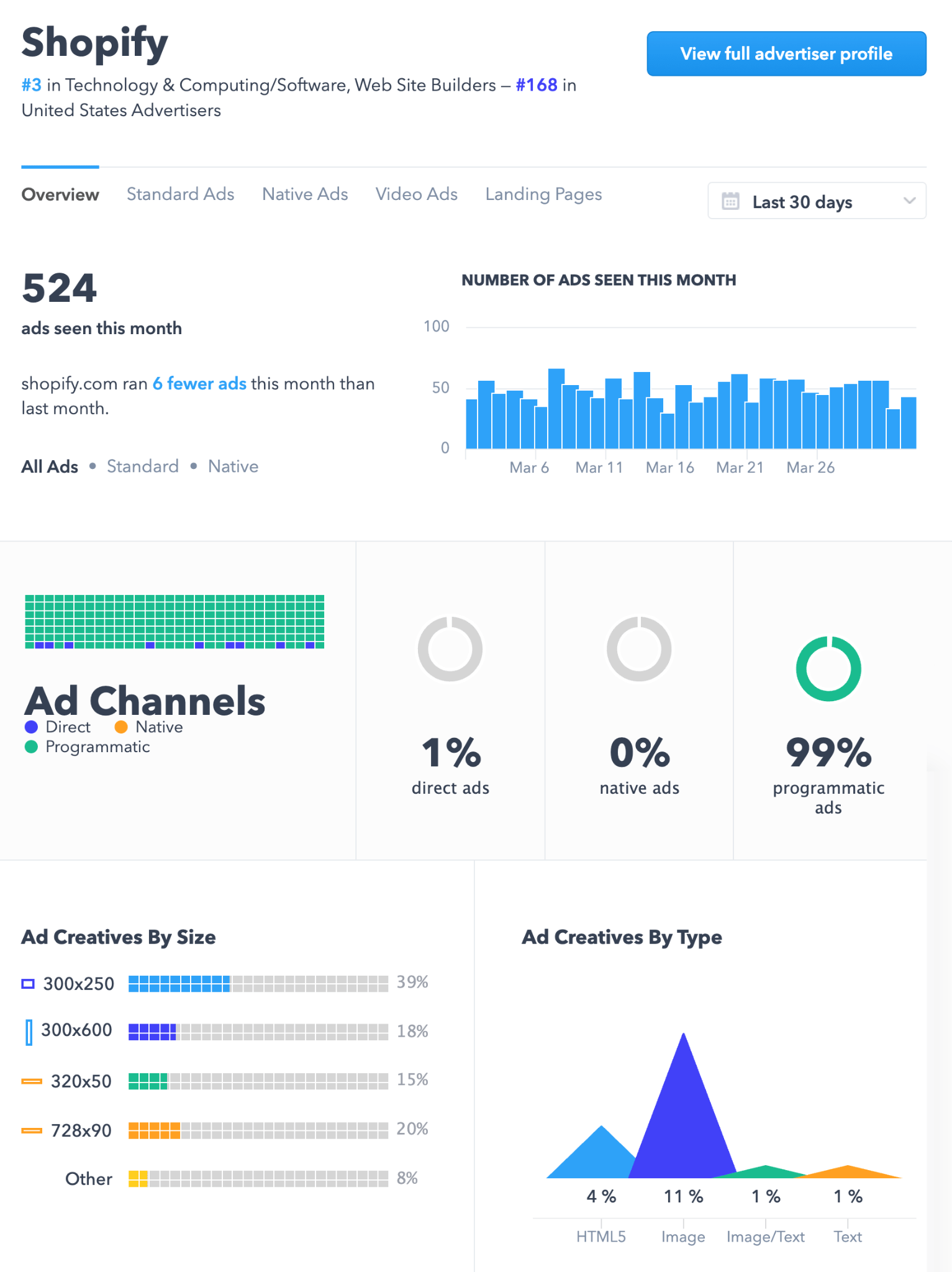
Pretty cool.
4. Explore ads repositories
Sometimes, the best ideas come from real-world examples. Curated ad repositories offer a mix of top-performing, creative, and experimental ads across industries.
Here are some useful ad libraries:

Better yet, build your own swipe file. Screenshot ads you see on social media or Google, store them in a repository like Notion or Airtable, and organize them by brand, date, messaging angle, or creative format.
5. Do it yourself
Sometimes the most effective research comes from experiencing competitor ads as a potential customer would.
Here’s what you can do:
- Search for keywords relevant to your industry and products: Notice which competitors appear consistently and what messaging they use. Consider using a VPN to get more accurate search results (especially for local searches).
- Get retargeted: Visit their websites and browse their products or services. Then, monitor what retargeting ads they serve you over the next few weeks. Often, this reveals their retargeting strategy and messaging for different stages of the funnel.
- Sign up for their newsletters: Email marketing often aligns with advertising campaigns. Monitor their promotions, product launches, and seasonal campaigns.
- Follow them on social media: Many brands run dark posts or audience-targeted campaigns you can occasionally catch and analyze.
Collecting data is only half the battle. The real value comes from turning competitive research into actionable steps.
What can you do with all your competitors’ ads? Here are some ideas:
- Compare their ads over time: If a competitor sticks with a headline or CTA for weeks, it’s likely working. Identify what messages they keep and what they ditch.
- Spot consistent themes or messages: If multiple competitors emphasize something like “fast delivery” or “24/7 support,” that might be table stakes in your industry. Craft your unique spin to stand out.
- Analyze their landing pages: Follow competitor ads to their destination pages to understand the full customer journey. How do they structure their offers? What calls-to-action do they use? These insights can inspire improvements to your own conversion paths.
- Develop counter-messaging: Position your product as the answer to gaps in your competitors’ promises. If they emphasize “speed,” maybe you emphasize “depth” or “reliability.”
- Explore under-used platforms: Noticing your competitors aren’t active on Pinterest, Reddit, or TikTok? That might be your opportunity to test and win early.
Final thoughts
The goal isn’t to copy your competitors’ methods but to understand what’s working and improve on it.
The most successful advertisers don’t just react to competitors; they use competitive insights as one input among many to craft unique, audience-focused campaigns that stand out rather than blend in.
Just remember: don’t copy. Learn. Iterate. Elevate. Before long, your competitors will be the ones spying on your ads for inspiration.
Similar Posts
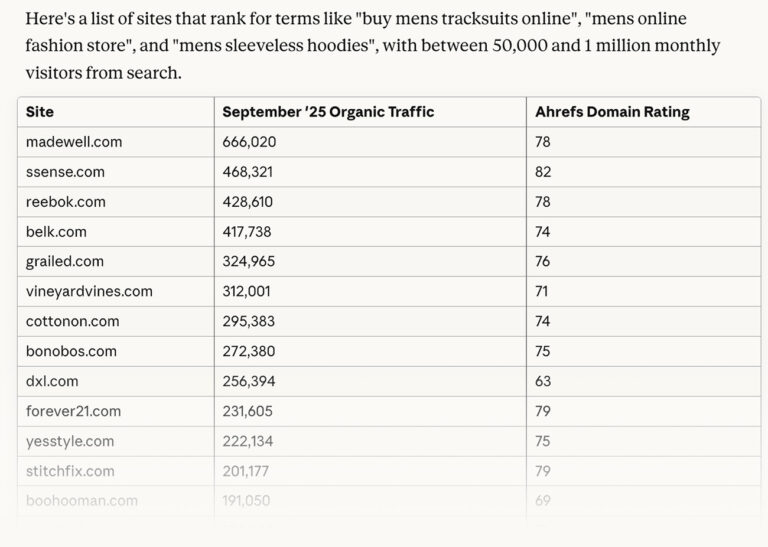
15 Ahrefs MCP Use Cases for SEOs & Digital Marketers
With the recent launch of our remote MCP server, anyone can now chat directly with Ahrefs data to get actionable SEO insights. MCP, which stands for Model Context Protocol, is an open standard that companies can use to integrate their external tools and data with compatible AI assistants. Imagine you’ve recently launched a new clothing…
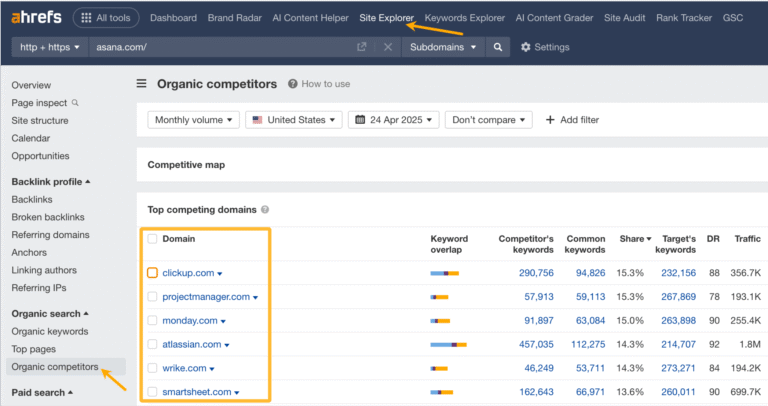
How to Do an Actually Useful PPC Competitive Analysis Using AI
A competitive PPC (Pay Per Click) analysis is all about seeing what your competitors are doing with their paid ads on platforms like Google Ads, so you can do it better. It helps you uncover which keywords they’re spending money on, what their ads and landing pages look like, and how much budget they might…

35 Post-Event Survey Questions From Our Sold-Out Conference
In October 2024, we organized a sold-out, 500-person conference called Ahrefs Evolve in Singapore. We’ve already covered how we planned the event from start to finish and how we promoted the event. This time round, it’s about how our events can be better next time. Like any good event organizer, we sent out post-event surveys to…

AI Can’t Replace SEO Tools. But It Can Use Them
Recently, a LinkedIn post claimed that you could replace paid SEO tools with just a handful of ChatGPT prompts and save $8,400 annually. The post exploded. 500+ likes, 400+ comments, and people are loving it. But SEOs didn’t. I can’t believe we’re still talking about this at the end of 2025. I want to believe…
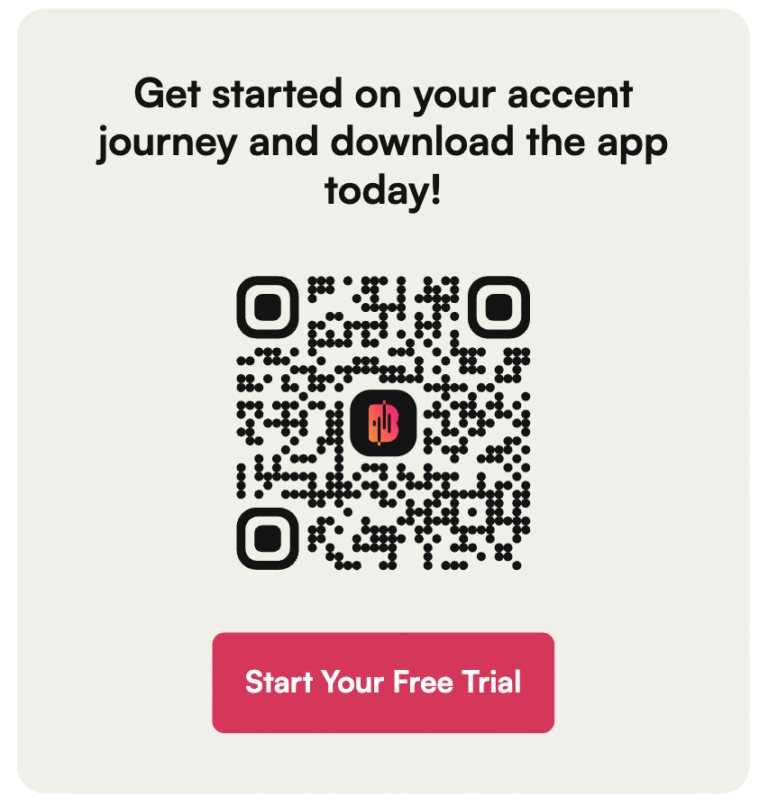
Top 50 Fastest-Growing EdTech Companies
The EdTech industry is expanding rapidly, with a global market projected to reach $354.71 billion this year. From AI tutors to classroom management platforms, both new startups and established players are racing to capture attention and market share. Using Ahrefs’ website data, we’ve found the top 50 fastest-growing EdTech companies of 2025, ranked by estimated year-over-year…

PPC Keyword Research for Google Ads: A First-Timer’s Guide
PPC keyword research is the process of finding the exact words or phrases people type into Google when they’re looking for something related to your product or service. It helps you target the right audience, avoid wasting money on irrelevant clicks, and attract people who are actually ready to buy. When I asked experts for their…
